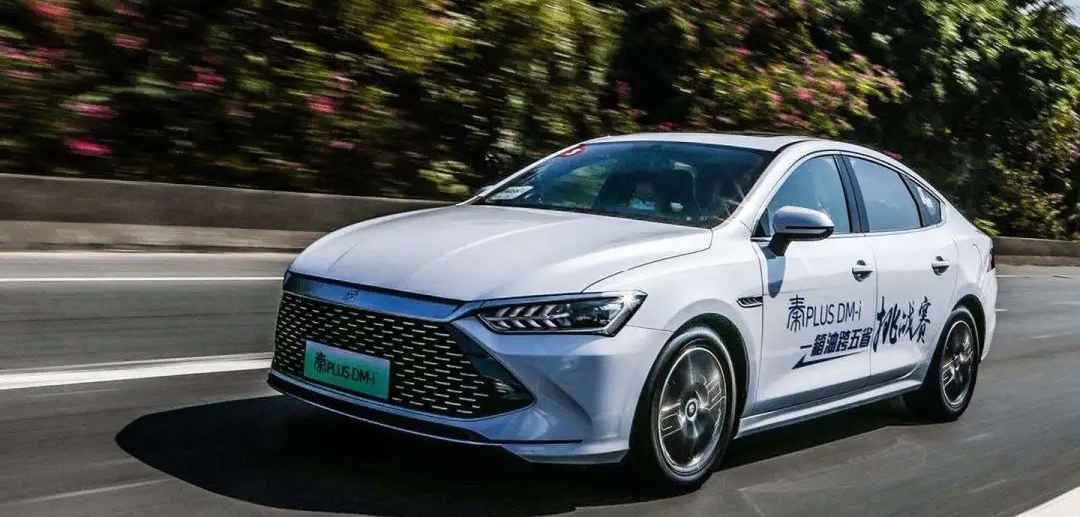Author|Wang Yunpeng
It has always been said in the industry that “plug-in hybrid electric vehicles (PHEVs) are transitional products from the fuel era to the pure electric era.”
However, from the current situation, the advantages of PHEV products are becoming increasingly apparent, and there is a trend for them to move from “transitional” to “mainstream.”
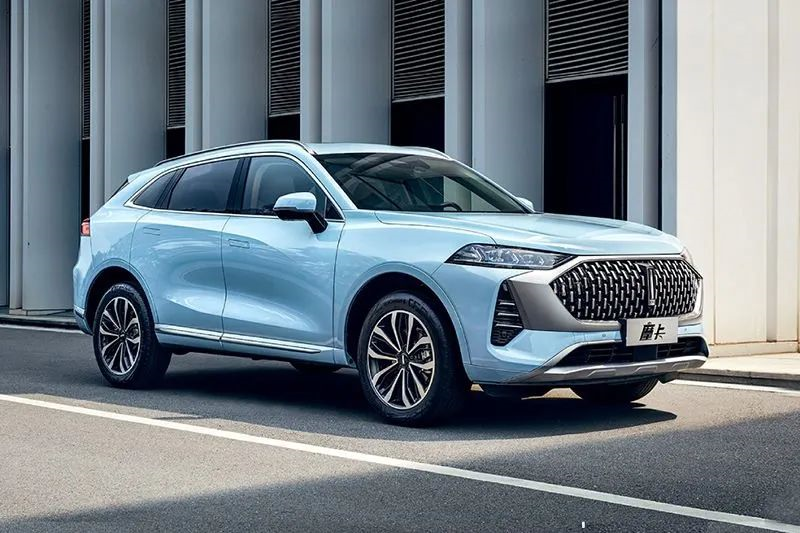
This can also be confirmed by market reactions. According to data released by the China Association of Automobile Manufacturers (CAAM), the wholesale volume of domestic new energy passenger vehicles in the first quarter of this year was 1.19 million units, up 145.4% year-on-year. Among them, the sales volume in March was 455,000 units, a year-on-year increase of 122.4%. Focusing on PHEV models, the sales volume in March was 84,000 units, a year-on-year increase of 151.3%, a growth rate that is ahead of pure electric vehicles’ 116.8%.
It is worth mentioning that the PHEV models’ year-on-year growth rate exceeds that of pure electric vehicles, not only in March but also in the first two months of this year. Public data shows that PHEV automobile production and sales completed 168,000 units and 160,000 units, respectively, in the first two months of this year, both of which increased by 2.8 times and 2.5 times year-on-year. The production and sales growth rate is also significantly ahead of pure electric vehicle models.
From the current market performance, in 2022, PHEV models will not only experience a new outbreak period but also have the trend of becoming “mainstream.”
Stealing the limelight from pure electric vehicles
“In 2022, the proportion of domestic PHEV models in the total sales volume of new energy vehicles may not be less than 25%, and the annual sales volume is expected to exceed 1 million units,” according to the research report of CITIC Securities.
In my opinion, this prediction is not unfounded. From the perspective of auto companies, domestic auto companies, especially independent brands, have continuously increased their layout of PHEV models. Only in March of this year, there were multiple models on the market, such as Changan UNI-K iDD, BYD Song Pro DM-i, Roewe RX5 eMAX, Great Wall Weipai Mocha PHEV, and Geely Xingyue L Thunderbolt HI X Hybrid Edition.
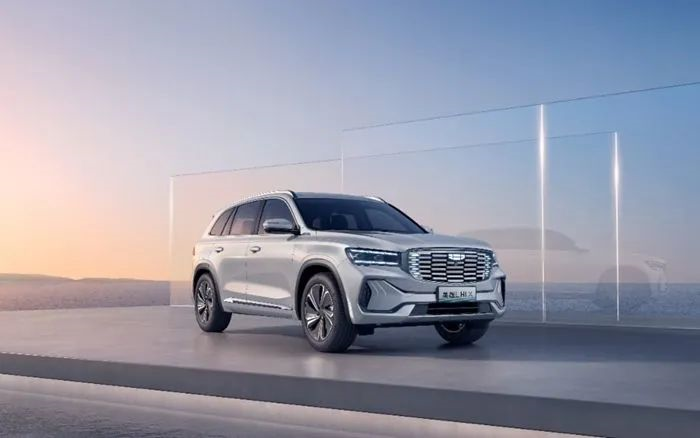
And for the rest of this year, major mainstream independent brands such as BYD, Geely, Chery, and Great Wall will continue to launch more PHEV models. Among them, Chery said that its subsidiary Wuhu Eco-Electric Technologies Co., Ltd. is promoting the construction of the hybrid powertrain assembly project for new energy vehicles (DHT). The plan is to build a new assembly and test line in the existing factory building, and the project will be built in three phases to mainly produce hybrid powertrains for new energy vehicles, with a production capacity of 75,000 units.“`markdown
In addition, from the perspective of consumer, with the popularization of pure electric vehicles, the imperfect supporting facilities and the imperfect power battery material system make it impossible for pure electric vehicles to completely replace traditional fuel vehicles at present. Moreover, the frequent occurrence of problems such as “difficult charging” during peak travel periods for pure electric vehicles and sharp reduction in endurance in winter restricts the use scenarios of pure electric vehicles. This also prompts a large number of potential consumers of new energy vehicles with complex usage scenarios to turn to plug-in hybrid electric vehicles.
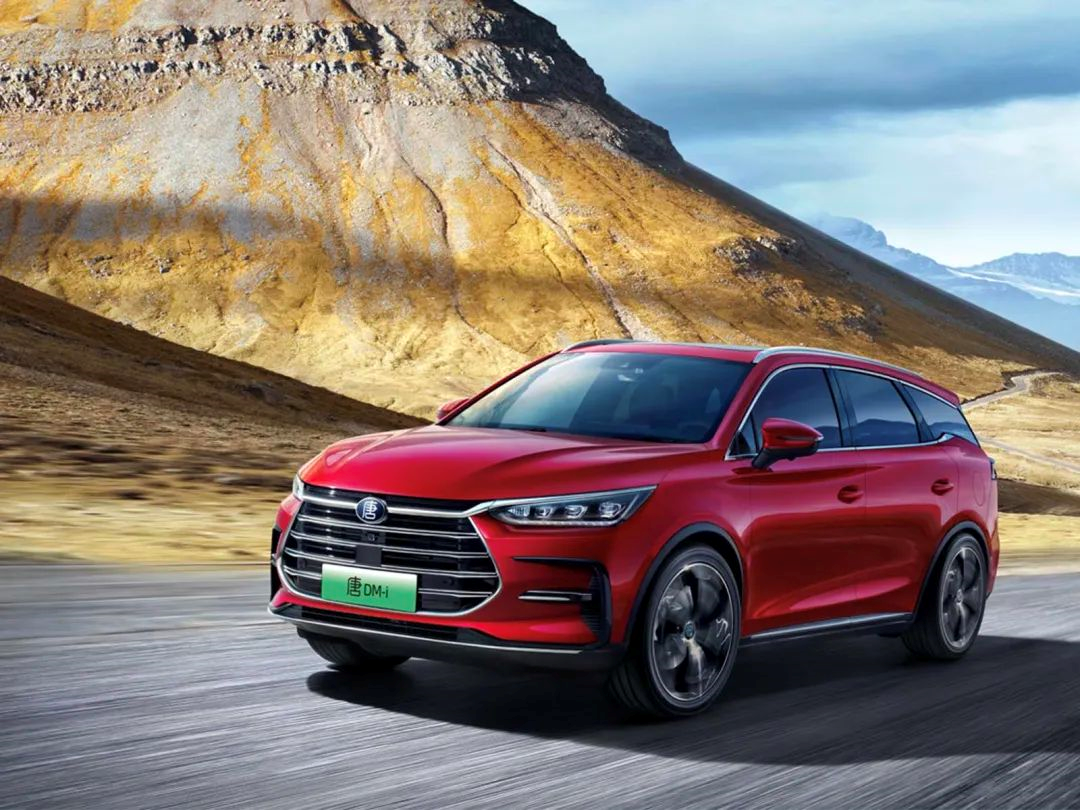
It is worth mentioning that the richness of PHEV models and the explosion of sales are inseparable from the breakthroughs made by automakers in related core technologies.
“The sales of PHEV models have shown a significant increase, and the rate of popularization has accelerated significantly. One important point is that domestic automakers have mastered their own core technologies, which enables cost advantages to be reflected, and has stronger market competitiveness and consumers are more acceptable.” Cui Dongshu, secretary-general of the National Joint Committee for Passenger Car Market Information, said in an interview with the media.
In fact, this is indeed the case. Since 2020, independent brands such as BYD, Great Wall, Chery, and Geely have all launched their own hybrid core technologies. Although the hybrid technologies of the above-mentioned automakers differ, they all allow vehicles to make qualitative leaps in pure electric driving, comprehensive fuel consumption, and power performance.
Take BYD’s DM-i as an example. The system is equipped with a specially designed 1.5L Atkinson cycle engine from Xiaoyun, which has an ultra-high thermal efficiency of 43.04%. Coupled with BYD’s blade battery and motor, it can systematically solve users’ anxiety about driving range, charging, and safety.
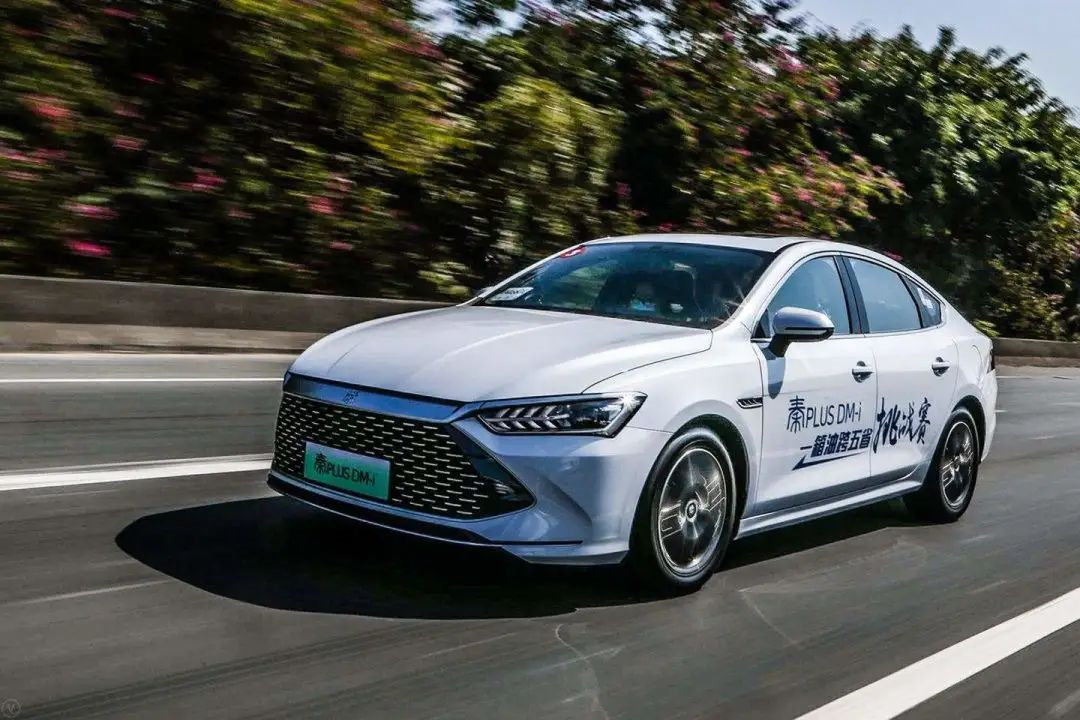
In short, PHEV models can be driven by electricity for short distances and fueled by gasoline for long distances, without the trouble of queuing for charging or the “loss of power” of pure electric vehicles in northern winter. Moreover, they also have the advantages of reducing carbon emissions, and the new car prices are mostly lower than those of pure electric models, making them easier to sell.
At the same time, in the eyes of many industry insiders, under the background of the rise in automotive raw material prices, fuel prices, pure electric vehicle price increases, and the decline in new energy subsidies, the advantages of PHEV models in various aspects are also further highlighted.
“The choices of consumers and the market performance are effective ways to test the value of products. The soaring sales of PHEV models in the market indicate that they have unique advantages in technology and the market.” Xue Xu, secretary-general of the Marketing Expert Committee of the China Market Society (Automobile), said.
Is it a short-term outbreak or a long-term benefit?
“`Compared with pure electric vehicles, PHEVs were originally regarded as a “fence-sitting” new energy solution, as the revolution in fuel vehicles was not entirely complete. Therefore, despite the sustained expansion of high-end electric vehicle sales represented by Tesla, NIO, XPeng, and the continuous expansion of mid-to-low-end electric vehicle sales represented by Great Wall Euler and Hongguang MINI throughout the country, the capital market was not optimistic about the PHEV technology, and there were not many car companies devoted to researching and developing this technology.
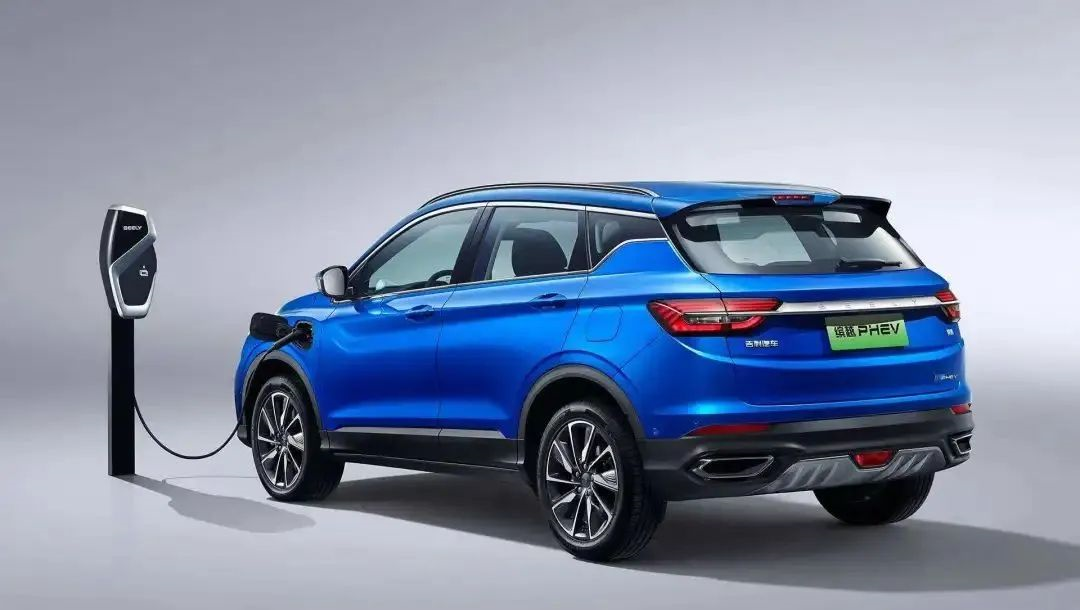
However, as the philosophical law states, “any trend’s development is not smooth sailing.” Due to the inability to effectively solve the shortboards of pure electric vehicle cruising range and charging time in a short period of time, the significance of PHEV models, as a way to bridge the gap between fuel vehicles and pure electric vehicles, has become increasingly prominent.
So, is the high-speed growth in PHEV model sales since this year a short-term outbreak or a long-term advantage?
Before answering this question, let’s first extend the time frame to 2021. Public data shows that the retail sales of new energy vehicles in China in 2021 were 2.989 million units, of which pure electric models were 2.444 million units, a year-on-year increase of 168.6%; PHEV models including range extender had sales of 545,000 units, a year-on-year increase of 171.2%, with growth rates higher than pure electric vehicles.
Especially in the second half of 2021, except for September being affected by the surge in Tesla deliveries at the end of the quarter, the year-on-year growth rate of PHEV model sales was significantly higher than that of pure electric vehicle sales in the other five months. And in terms of sales proportion, as of November 2021, the sales proportion of PHEV models has increased to 19.9%.
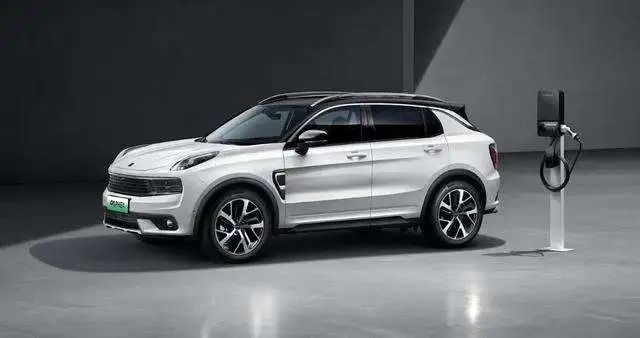
In other words, driven by hot-selling models, PHEV models in 2021 not only demonstrated good competitive performance, but also showed strong potential.
Furthermore, the answer to the above question can also be sought at the macro policy level. Since 2020, China has issued relevant policies including the “New Energy Vehicle Industry Development Plan (2021-2035)” and “Energy-saving and New Energy Vehicle Technology Roadmap 2.0.” These policies propose “Plug-in hybrid (including range extender) vehicles should be deployed as one of the “three verticals” together with pure electric vehicles and fuel cell vehicles,” and “By 2035, the technological level of pure electric and plug-in hybrid vehicles of domestic brands will be synchronized with that of international brands, and new energy vehicles will account for more than 50% of the total vehicle sales.”Simply put, a series of policies have been introduced to establish the status and development prospects of PHEV models, dispelling doubts and concerns of car companies and consumers.
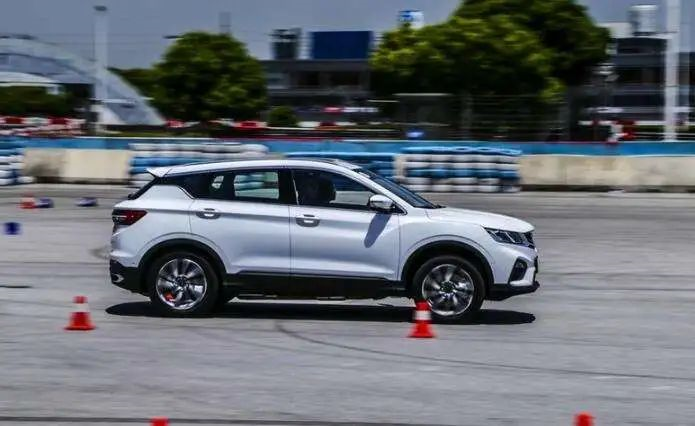
“PHEV models have great potential. Within the price range of 100,000 to 200,000 yuan, consumers demand long mileage, good performance, and low cost, which PHEV models can better meet than pure electric models,” said Ouyang Minggao, vice chairman of the China Electric Vehicle Hundred People Association and academician of the Chinese Academy of Sciences. He also stated that PHEV technology has significant market potential before 2035.
Meanwhile, other industry insiders have expressed that PHEV models have “short-term outbreaks as a fact, and long-term benefits to look forward to,” from the implementation of a series of favorable policies, independent brands mastering core technologies, and hot sales in the market.
Beware of High Expectations Crushing PHEV
Although the current development momentum is dominating the trend of pure electric models, this does not mean that PHEV models are “perfect.”
From a macro trend perspective, whether it is the previously launched dual credit policy, the four-stage energy consumption limit index, or a series of policies such as the national sixth emission standard and the “Dual Carbon Goals” goal proposed in the past two years… all confirm that green has become the “background of the times” for the development of the automotive industry. In other words, in the race toward new sources of energy, electrification is the ultimate goal, and PHEV models still cannot escape the “transition” fate.
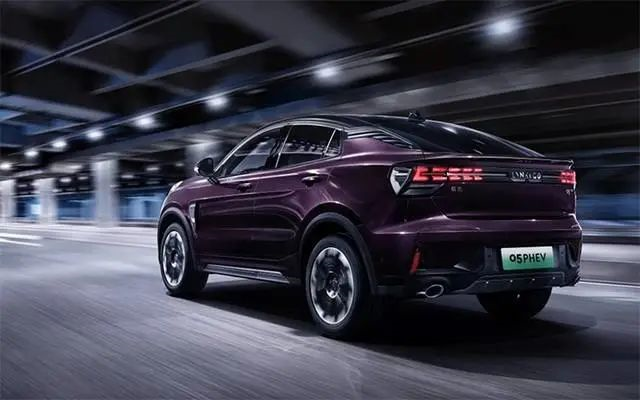
In addition, PHEV models have problems in reality. For example, hybrid power requires the cooperation of the motor, engine, and internal combustion engine to achieve optimal performance. If the cooperation is not smooth, problems will occur, which requires high system design and simulation capabilities of the product. Specifically, in a low electric power state, the power system needs to provide torque for the engine and the motor at the same time. Once the torque is insufficient, the vehicle will experience problems such as shaking.
At the same time, “due to the inconvenience of charging, vehicles are basically powered for a long time.” Many consumers have reported that energy-saving effects are relatively limited, and they are worried that it will cause the battery and the lifespan of the vehicle to be out of sync.
“Currently, PHEV powertrain systems, such as multi-gear DHT transmissions or systems, are too complicated compared with internal combustion engine systems and pure electric systems, which conflicts with the development trend of powertrain systems towards simplicity and directness, and may cause inconvenience to future maintenance,” some industry insiders said.
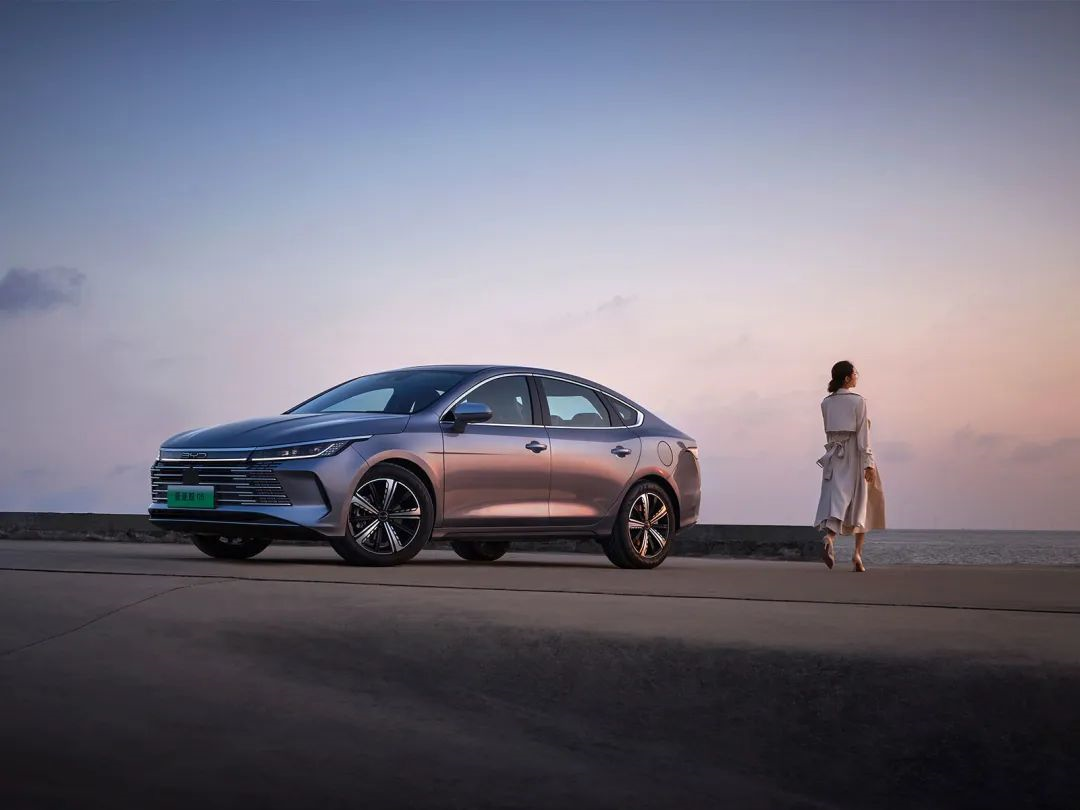 Many industry insiders have pointed out that, facing the current hot market and high expectations, it is crucial to make consumers clearly understand that plug-in hybrid electric vehicles (PHEV) are still new energy vehicles that require charging and refueling. They are not a type of vehicle that can save fuel without charging, as many consumers have mistakenly believed.
Many industry insiders have pointed out that, facing the current hot market and high expectations, it is crucial to make consumers clearly understand that plug-in hybrid electric vehicles (PHEV) are still new energy vehicles that require charging and refueling. They are not a type of vehicle that can save fuel without charging, as many consumers have mistakenly believed.
Once consumers fully understand the characteristics of PHEVs, the market may become more rational and healthy, which will benefit the development of both PHEVs and pure electric vehicles.
This article is a translation by ChatGPT of a Chinese report from 42HOW. If you have any questions about it, please email bd@42how.com.
